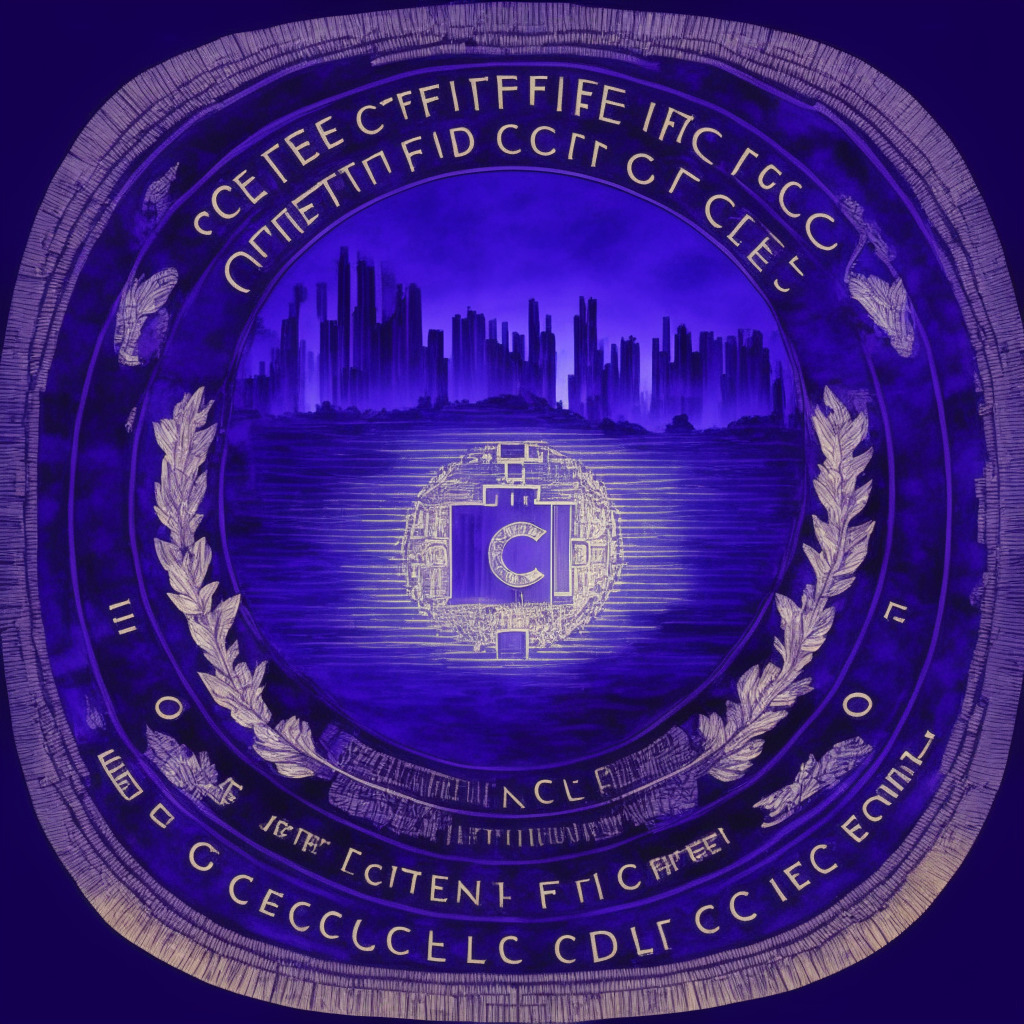Significant attention in the cryptocurrency field has turned towards the regulatory actions of global governmental bodies. In a recent address, United States Commodity Futures Trading Commission (CFTC) chair Rostin Behnam revealed a startling statistic: around 34% of all enforcement actions related to cryptocurrency by the CFTC took place within this fiscal year.
The CFTC has garnered over $6 billion in penalties in fiscal year 2023. In this batch of enforcement actions, 45 cases concerned digital asset-related misconduct. This sharp uptick in CFTC involvement illustrates the agency’s vigorous pursuit of regulatory compliance in the evolving cryptocurrency market. However, it also underlines the challenges regulatory bodies face in keeping pace with rapidly advancing technology.
One major instance of litigation involved the decentralized autonomous organization (DAO), Ooki DAO. The CFTC won a landmark judgment against Ooki DAO, leading to the DAO’s closure and a penalty exceeding $643,000. The significance of this case lies not in the amount of the penalty, but its effect on how we understand and interpret laws established almost a century ago. A U.S. District Court found that the DAO, a wholly digital entity, could be considered a “person” under the Commodity Exchange Act (CEA) of 1936.
Behnam further emphasized that technological advancements such as DeFi, AI, and standard WiFi, are rapidly changing the dynamics of financial markets. However, the CEA, established in a time before such innovations were even conceptualized, presents barriers to creating new policies that reflect the current digital landscape. Behnam suggests that the act’s limitations force the CFTC into resource-demanding tasks to ensure each enforcement action aligns with the agency’s designated remit.
Though these concerns are being addressed, the striving for regulatory compliance has sparked questions about the extent of governmental involvement. There’s a sharp contrast between the viewpoints of the CFTC and the Securities and Exchange Commission (SEC). SEC Chair Gary Gensler believes keeping the financial legislation from the Depression era intact has largely benefitted investors and economic growth over the past 90 years.
However, Behnam counters this perspective, arguing that aggressive regulatory measures could undermine their mission to prevent victims of digital asset misconduct rather than addressing the issue after damages have occurred.
Ultimately, the discourse centered on the need for updated legislation specific to the digital era reflects the inherent challenges of governing swiftly evolving technology. The increased involvement of regulatory bodies like the CFTC is both a response to the necessity for enhanced consumer protections and a reflection on how the foundational laws governing financial markets are interpreted and enforced. Which side of the argument proves more effective, the one advocating for the stability of existing legislation or pushing for updated regulation, is something only time can tell.
Source: Cointelegraph




